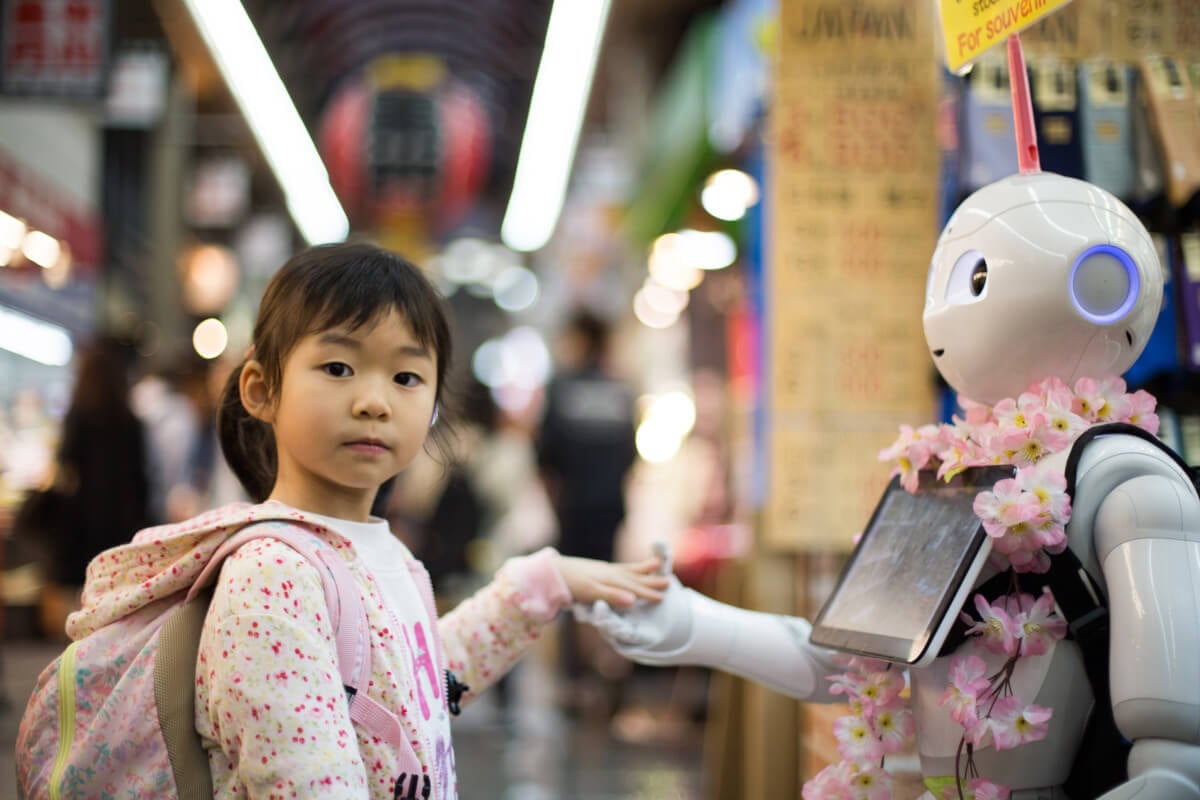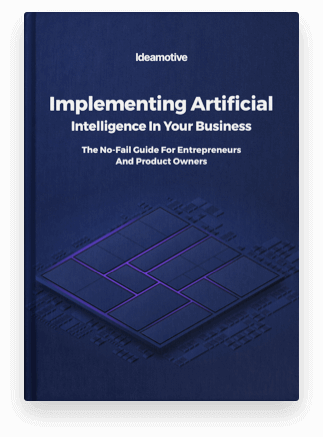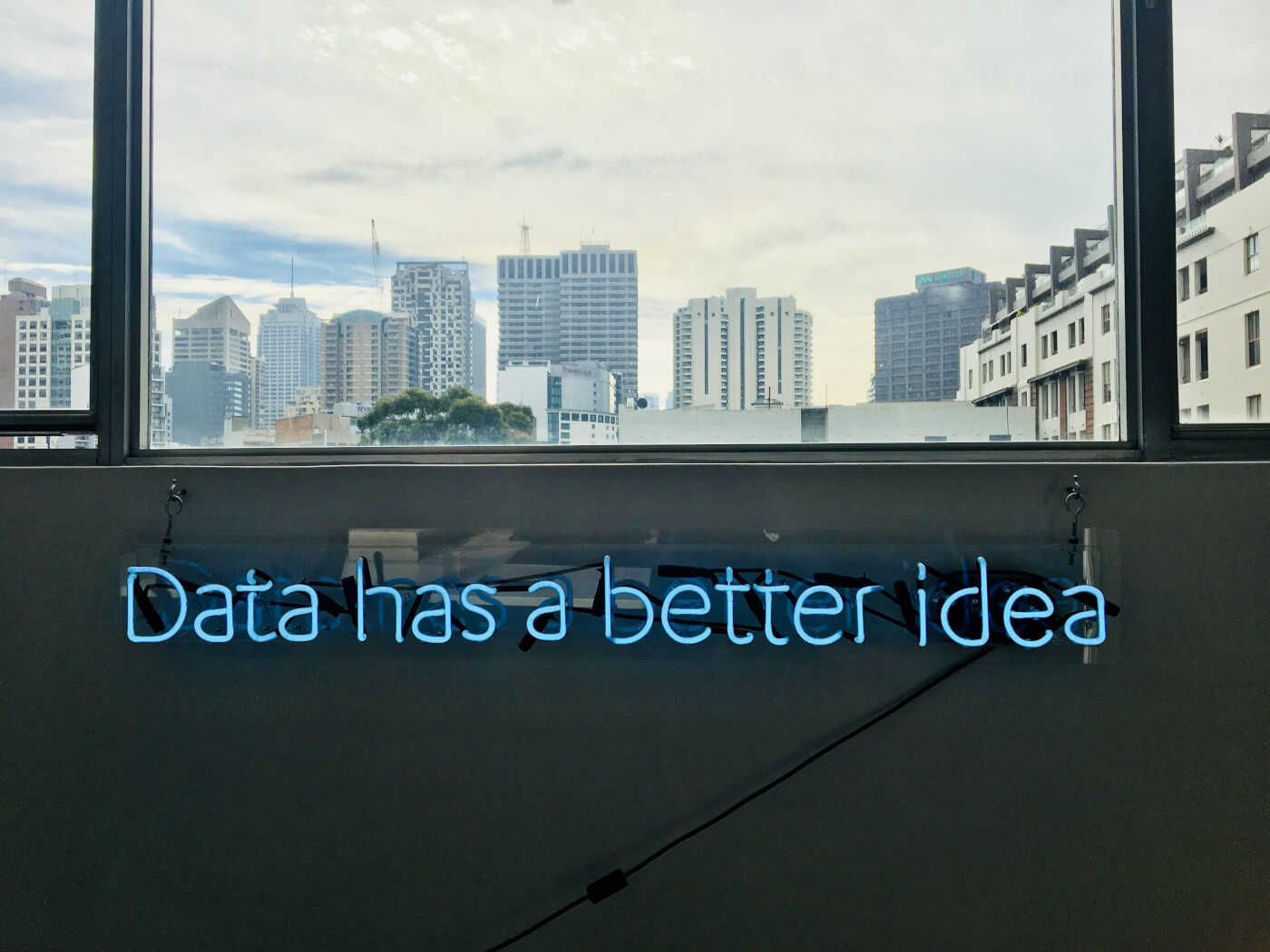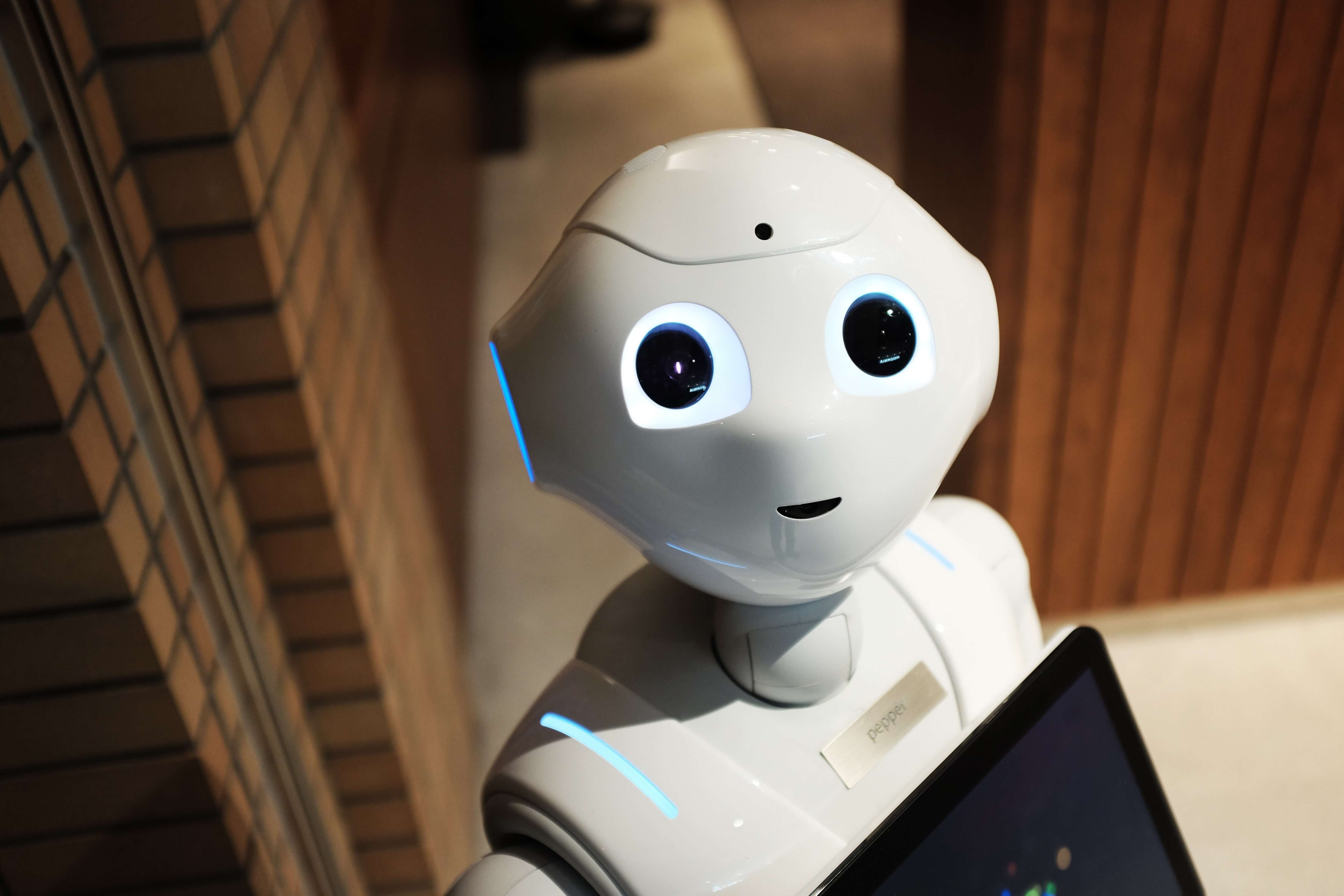Artificial Intelligence (AI) has had a tremendous impact across industries, among them education.
On the one hand, it is transforming the way institutions and teachers do their job, and on the other hand, revolutionizes the way students learn.
According to Market Research Engine, the global AI in the education market will reach $5.80 billion by 2025 at a compound annual growth rate of 45%.
In this post you will:
- Learn the seven ways AI is changing the education industry as well as how institutions and educators can benefit from it
- Discover the disadvantages it has on this sector
- Find some amazing education apps and their usage
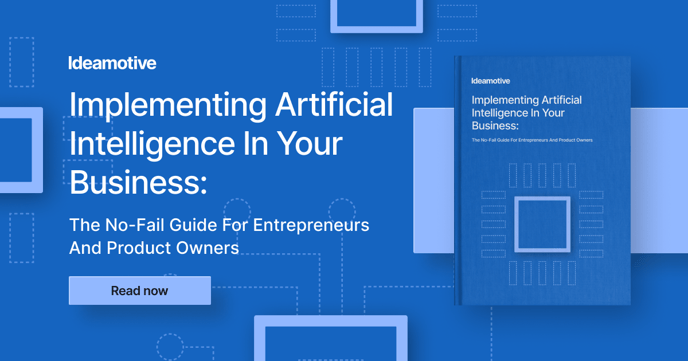
Want to learn more about various business applications of AI? Read our guide!
How Is AI Changing The Education Industry?
From task automation to personalized learning, these are the ways AI technology is revolutionizing the way we teach and learn:
1. Task Automation
AI shows great potential in automating administrative work and making the tasks of organizations and professors easier.
Besides managing the classroom environment, teachers and professors have traditionally also had to manage numerous administrative and organizational tasks.
Except for evaluating homework, grading tests and reading essays, they are also in charge of filling different paperwork, managing teaching materials, organizing resources for lectures, making periodic progress reports and more.
In fact, an interesting survey reveals that teachers spend their time on:
- Teaching (43%)
- Planning lessons (13%)
- Marking tests (11%)
- Doing administrative work (7%)
These numbers tell us that educators spend a lot of their time performing non-teaching tasks, which can be overwhelming.
This is where artificial intelligence can be quite handy. It has the power to grade tests and manage administrative work which takes a huge load off of their shoulders.
For example, ProProfs Quiz Maker is an online exam software that allows you to create personalized exams and provides you with automated grading and results.
This allows professors to be more productive but also to have more time for one-on-one sessions.
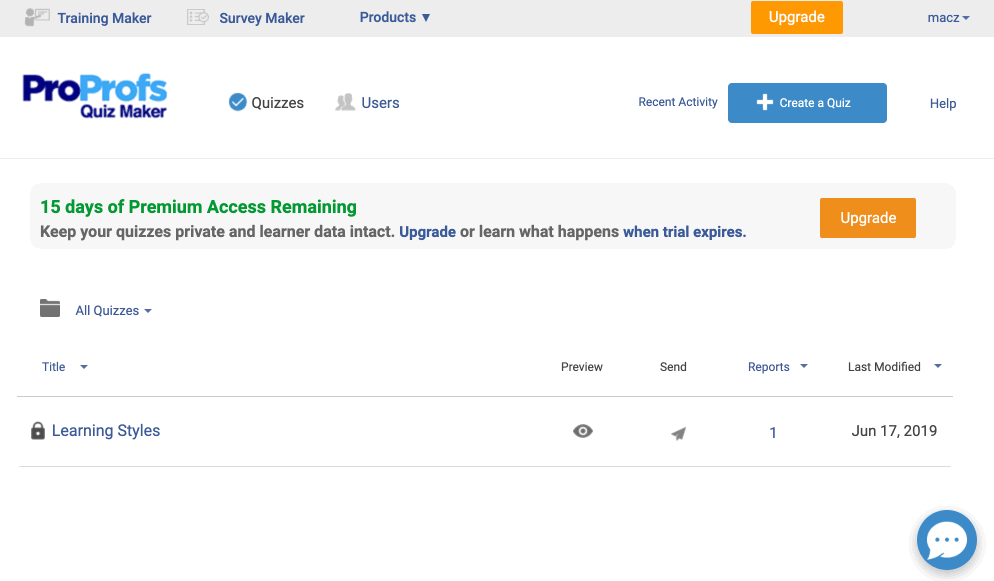
2. Smart Content
Another way AI changes the education industry is by adding new methods for students to achieve success.
The term smart content is a very popular topic among organizations, educators and students since it makes learning quite easier.
When we talk about smart content we refer to different types of virtual content including digitized guides of textbooks, video conferencing and video lectures.
Robots can now improve the learning experience by creating customizable learning interfaces and digital content that applies to students of different grades, for elementary and post-secondary schools.
They are able to make the content easily digestible by dividing it into comprehensible chunks, highlighting important lesson stuff, summarizing key points and more.
And, they can even create audio and video content.
Thanks to this, students can easily access all these materials, learn much faster and reach their academic goals.
An example of such a platform is Netex Learning that takes education on the next level by:
- Allowing professors to create, manage and update digital content in one place
- Empowering students with a high-impact learning experience by allowing microlearning, skills mapping and content recommendations
3. Personalized Learning
According to a study by Rand Corporation, customized learning can improve student achievement no matter what their starting level is.
All students are different and approach learning differently.
And while teachers cannot manage to personalize their teaching methods for a whole class, nor can they provide one-on-one sessions for everyone, it seems like AI can be of great help here.
AI can do much more than making content easily digestible. It is also capable of giving recommendations to students and teaching them based on the difficulties they are facing in different lectures.
Smart tutorial platforms like Carnegie Learning serve as teacher assistants that personalize the students’ learning experiences by considering their strengths and weaknesses.
They pay attention to such data and provide students with customized and specific feedback to allow them to learn effectively and improve performance.
Such tools can also track their progress and generate meaningful reports for teachers to be able to continue creating materials that are relevant for each student.
Moreover, these platforms are especially beneficial for students with disabilities since they allow them to absorb info and learn much faster.
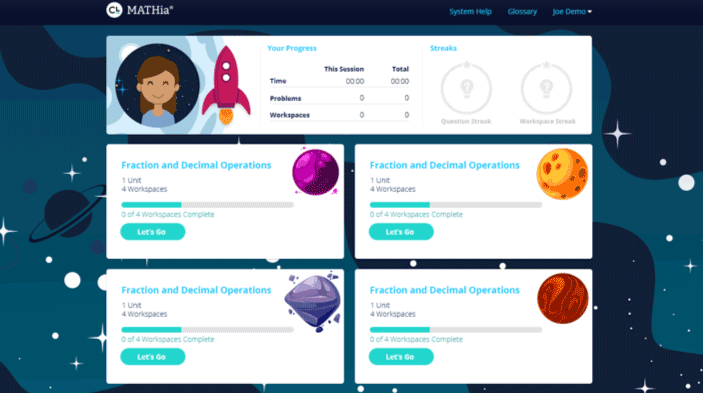
4. Virtual Learning Environment
AI powers the platforms that digitize textbooks and allow students to access them on different devices from anywhere, at any time.
This is great for students who are not able to attend classes and even allows foreign students to study certain courses that are not available in their countries, opening opportunities for a much greater number of students
What’s great about these platforms is that they can also translate learning materials in different languages which will facilitate learning for non-English speakers.
This will create an interactive community for students of different ages and grades.
5. 24/7 Assistance
Traditionally, students have had to wait until they are in class or professors are available to resolve any questions or doubts.
But, not anymore.
There are various AI-powered chatbots created specifically for the education sector.
They serve as round-the-clock assistants students can consult from anywhere and at any time. This allows them to get quick and relevant answers or solutions without having to wait for the next class or office hours.

6. Facial Recognition
Some Chinese academic institutions have started using AI-powered facial scans to identify students. This not only eliminates the need for student IDs but also has various other research, security and administrative uses.
For instance, these scanners are replacing the students’ ID cards when they want to have lunch in the canteen, or when they want to take a book from the library.
Moreover, many schools worldwide also use these facial scans to prevent crime and identify the students when they do some harm.
According to Everytown for Gun Safety Support Fund, in 2019, there were about 130 incidents of gunfire in the US schools and 32 resulted in death.
Due to the fact that school security is a sore topic in the states because of all the attacks that have happened over the years, US schools are bound to leverage the benefits AI carries to prevent these crimes.
These institutions are investing millions of dollars on AI-powered technology and surveillance solutions to combat violence.
7. Secure Online Exams
Many institutions and universities around the globe use AI-powered assessment tools. These allow them to carry out tests online.
They prepare the queries and exercises themselves using a pre-set question bank that the teachers design.
Once the students finish their tests, they assess the results as well.
What’s great about these types of exams is that they are more secure than regular examinations. They offer smart settings and configurations that you can utilize when assigning tests to selected users.
They allow limiting the availability and creating different groups with a selection of random questions for each of them that prevents cheating.
And while they save teachers lots of time, reduce their work and avoid the risk of human error, many institutions doubt their credibility because of the chances of students to cheat.
Disadvantages of Using AI in Education
AI technology plays an important role in education. However, while its effects can contribute a lot by making learning easier, there are also some cons that we should consider.
Here are some of them:
- Technology addiction: When social media channels became popular no one thought that we could become that much addictive to them. The same can happen with AI learning. The more technology we see in the classrooms the higher the negative impact will it have on students. Research shows that too much usage of technology can produce stress in kids’ brains. This leads to releasing cortisol which kills the memory nerve cells.
- Quantity does not mean quality: Unlike human intelligence that associates with adaptive learning, AI works by an algorithm. It counts on predefined data. It means that AI-powered software is not able to improve its performance by doing repetitive tasks. But teachers who have more complex and sophisticated brains are able to constantly improve themselves and become better at what they do.
- AI threatens the job market: Technology advances change the world faster than we think and experts suggest that machine learning can replace teachers in schools in the near future. Many jobs in the education sector are at risk and it is believed that as the learning behavior changes robotic teachers will work at its own pace. Unlike humans, they are unlikely to make a mistake or to be late for work. They only need to receive the right instructions and act accordingly.
- Higher cost: AI technology depends on power. So, those institutions that rely on it pay much higher electricity bills.
- Loss of information: One of the biggest drawbacks of incorporating artificial intelligence in the education sector is the possibility of getting harmed or destroyed from malware, viruses or any other issues. This can lead to loss of important information that may not be recovered.
- Affordability: Online learning requires students to own a computer, laptop or tablet. However, not everyone can afford these devices. And, unless governments don’t fund their implementation, not everyone will be able to take online classes.
Examples Of AI-Powered Education Apps

[Source: Duolingo]
Here are a few examples of some of the best AI-powered education apps on the market that students and teachers can take advantage of:
- Duolingo: Duolingo is an AI-based language-learning platform that offers more than 30 languages. The app has more than 300 million users that take advantage of the personalized experience it offers. It allows learners to do different exercises and test themselves from anywhere and at any time.
- Brainly: Brainly is a platform that has more than 150 million users that mainly use it to get answers for their homework questions. By using AI, this app allows for sending quick automatic responses that are verified from fellow students, teachers and PhDs. This is a great place where students can collaborate and find the solutions they need.
- MATHiaU: MATHiaU is an app that offers tutoring and open educational resources. Teachers can easily create step-by-step guides for their students and personalize their learning experience. This platform also makes it possible to address knowledge gaps in real-time and allows teachers to tailor their lessons to meet the struggles the students are facing.
- Thinkster Math: Thinkster Math helps students become better at Math by identifying their strong and weak areas. This tutoring app uses artificial intelligence to visualize how students think and what is their logic when they work on an exercise. With personalized teaching style and immediate feedback, it helps them achieve better results at school.
- Oddizzi: Oddizzi is a great app that helps kids learn geography in an entertaining way. By using AI-algorithms it makes getting familiar with different places in the world possible. Moreover, this platform also allows its users to take customized quizzes and track their progress.
Takeaways
Artificial intelligence has a huge impact on the education industry. It has changed the ways institutions work and teachers do their job.
It is quite helpful in automating different tasks including administrative work, test evaluating and grading. AI also contributes to making online testing more secure and allowing facial recognition that keeps students’ attention in the lectures.
Moreover, AI technology also changed the lives of the students. Now, they can improve their achievement by the personalized experience this technology offers. They are also able to learn online at any time from anywhere and get quick answers to their questions or solutions to their problems when they do their homework at home.
Unfortunately, the advancement of AI-powered technology can also have a negative impact on this sector. One of the biggest disadvantages is the possibility of robots replacing educators and decreasing employment in the future.However, how will this phenomenon change and advance in the future and whether the education sector will benefit or challenge it is left to see.
And if you are looking for AI development experts to implement intelligent solutions in your product, let us know. We will be happy to help you make it happen!
